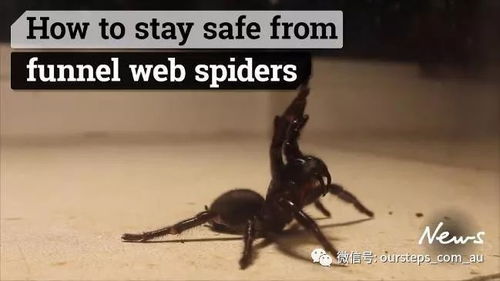
Spider Bite Swelling: A Comprehensive Guide
When you’re out enjoying nature, the last thing you expect is to be bitten by a spider. But, if it happens, you might notice swelling around the bite area. Spider bites can range from mild to severe, and it’s important to understand how to manage the swelling and seek appropriate medical attention if needed.
Understanding Spider Bites

Spider bites can cause a variety of symptoms, with swelling being one of the most common. Most spider bites are harmless, but some can be quite serious. Here’s what you need to know about spider bites and their effects on the body.
| Spider Type | Common Symptoms | Severity |
|---|---|---|
| Black Widow | Severe pain, muscle cramps, nausea, vomiting, fever | Severe |
| Brown Recluse | Mild pain, redness, itching, blister formation | Mild to Moderate |
| House Spider | Mild pain, redness, itching | Mild |
As you can see from the table, the severity of the symptoms can vary greatly depending on the type of spider. Black Widow bites are the most severe, while house spider bites are usually the mildest.
Identifying Spider Bite Swelling

Spider bite swelling typically appears within a few hours after the bite. It may start as a small, red bump and gradually increase in size. The swelling can be painful and may be accompanied by redness, itching, and warmth in the area.
Here are some key signs to look for when identifying spider bite swelling:
-
A red, raised bump at the bite site
-
Swelling that extends beyond the bite area
-
Pain, redness, and warmth around the bite
-
Itching or tingling sensation
Managing Spider Bite Swelling

When dealing with spider bite swelling, it’s important to take immediate action to reduce the swelling and prevent infection. Here are some steps you can follow:
-
Clean the bite area with soap and water to prevent infection.
-
Apply a cool, wet compress to the bite area to reduce swelling and pain. You can use a clean cloth soaked in cool water or a bag of frozen vegetables wrapped in a cloth.
-
Keep the affected area elevated to reduce swelling.
-
Take over-the-counter pain relievers, such as ibuprofen or acetaminophen, to manage pain and inflammation.
-
Monitor the bite area for signs of infection, such as increased redness, warmth, swelling, or pus.
It’s important to note that if you experience severe symptoms, such as difficulty breathing, severe pain, or signs of infection, seek medical attention immediately.
Preventing Spider Bites
Preventing spider bites is always better than dealing with the aftermath. Here are some tips to help you avoid getting bitten by a spider:
-
Keep your home clean and free of clutter, as spiders often hide in dark, undisturbed areas.
-
Seal any cracks or gaps around your home where spiders might enter.
-
Wear protective clothing when working in areas where spiders may be present, such as in tall grass or woodpiles.
-
Be cautious when handling items that have been stored for a long time, as spiders may have made their home inside.
Remember, most spider bites are harmless, but it’s always better to be safe than sorry. If you suspect you’ve been bitten by a spider, take the necessary steps to manage the swelling and seek medical attention if needed.



